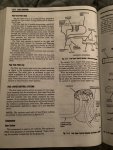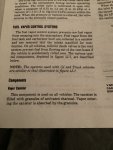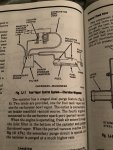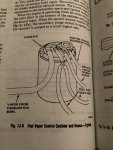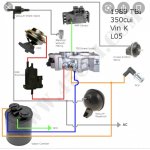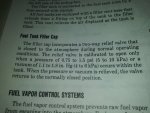Hi all, I have everything hooked up and running great after a long, almost 5 year hiatus. I need some advice on what to do with my fuel vent. My jeep is running the Howell TBI an has zero emissions stuff hooked up to it. The valve cover has a plug in the rear and the front one has a vent cap. My air intake/filter does not have an inlet to plumb anything to.
When I made my custom lines, I ran stainless from the tank up to the front. Fuel on the passenger side, and fuel return and vent lines up the driver side. The vent line is sitting there right at the firewall, currently open. The charcoal cannister isn't going to do anything if I hook it up because the rest of the system is absent. What is the safest thing to do to terminate that vent line coming from the rear tank then?
When I made my custom lines, I ran stainless from the tank up to the front. Fuel on the passenger side, and fuel return and vent lines up the driver side. The vent line is sitting there right at the firewall, currently open. The charcoal cannister isn't going to do anything if I hook it up because the rest of the system is absent. What is the safest thing to do to terminate that vent line coming from the rear tank then?


